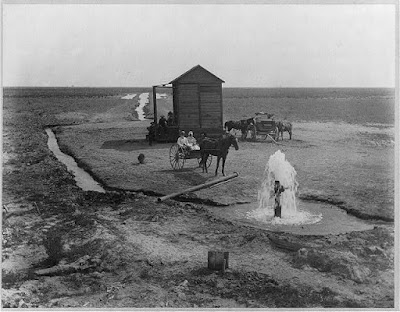Recently published in Journal of Environmental Law: Ole Pedersen, "The Evolution and Emergence of Environmental Law Scholarship—A Perspective from Three Journals". The abstract:
In the attempt to lay the foundations for a better understanding of environmental law scholarship, this article offers a local perspective of environmental law scholarship in the UK. Through a study of more than 1,400 articles published in three leading UK environmental law journals over the course of three decades, the article considers the ways in which environmental law scholarship has changed over time by reference to gender and geographical location of authors. The article also interrogates the ways in which the topics of scholarship have changed over time, as well as the extent to which environmental law scholars make use of empirical methods and external sources of funding for their research. Finally, the article explores the extent to which environmental law scholarship is published in generalist law journals.
There are a lot of interesting data in the article. Here, for instance, is a graph showing the changes (mainly increases) in the number of environmental law articles published in leading UK generalist law journals:
It would be interesting to see parallel date for other countries.







.jpg)








.png)


.jpg)
















